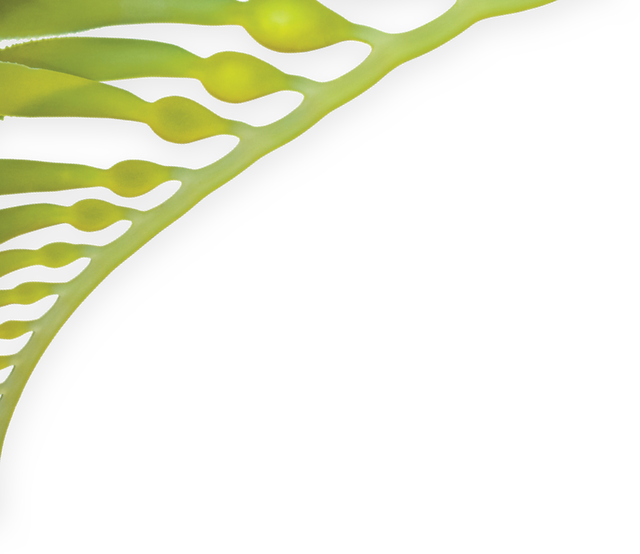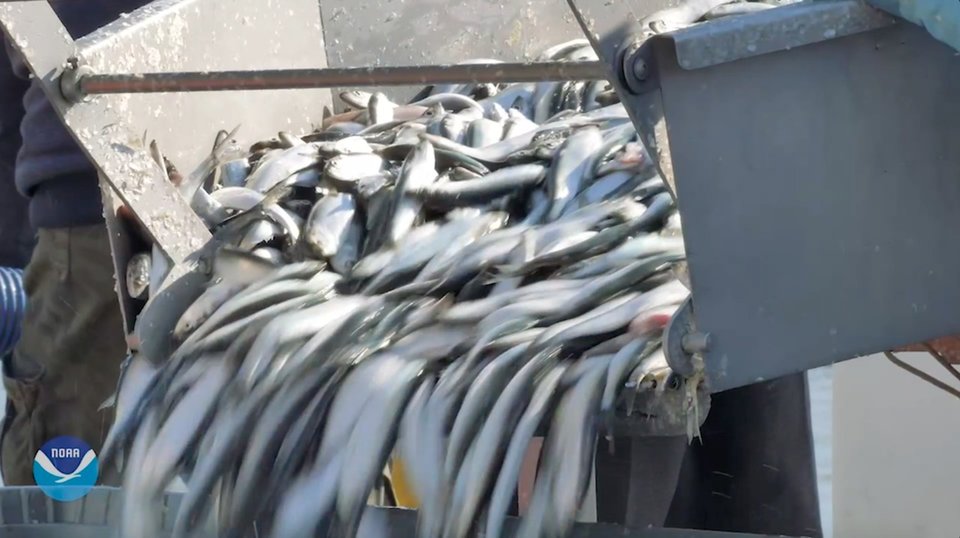It’slateApril.MostfarmersinNorthAmericahavejustfinishedplantingtheircrops.BrenSmithisharvestinghisnearThimbleIslandinLongIslandSound.Smith’sfarmisunusual.Insteadofgrowingcornorwheat,Smith grows . . . seaweed!
Welcometotheworldofocean farming.
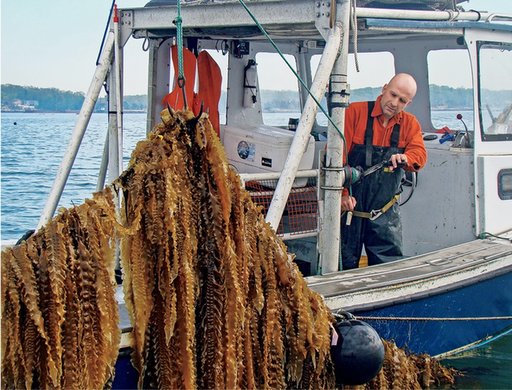
BrenSmithcheckshowwelltheseaweedonhisfarmis growing.
AHiddenFarm
Onthewater,it’seasytomissBrenSmith’sfarm.Youcouldrowrightoverit.Butthereare clues.
Aseriesofwhitefloatingballscalledbuoysbobupanddown.Followthemwithyoureyes.Connectthemwithimaginarylines.Theyformtheedgesofanareathesizeof30 footballfields.That’stheborderofthe farm.
Lookcloser.Black buoysdotthewaterinsidetheborder.Theyformlonglines,markingrowsof crops.
Butdon’texpecttoseeplantspokingabovethewater.Thewholeideaofanoceanfarmisthateverythingisunderthesea.It’sanideathatBrenSmithhasturnedintoa passion.
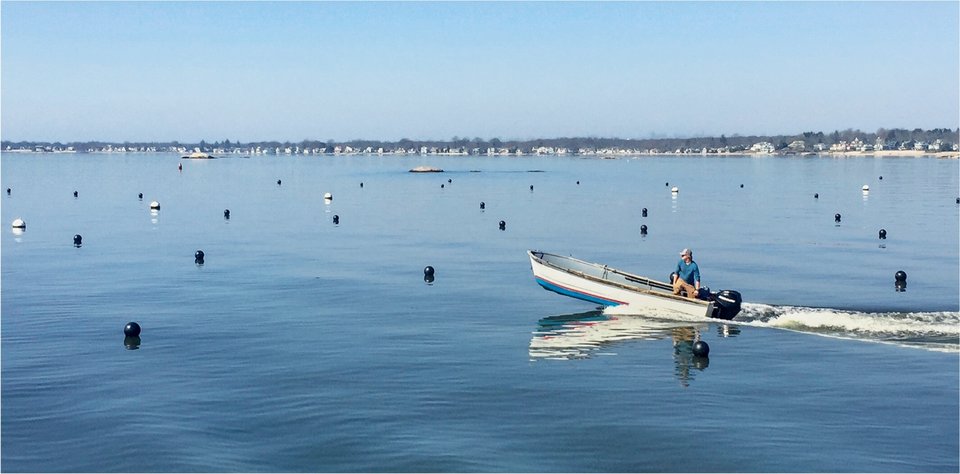
TheseblackandwhitebuoysarepartofBrenSmith'socean farm.
ANewKindofFarming
Smithalwaysknewhewantedtoearnhislivingontheocean.Asateenager,hebecameacommercialfisher.CatchingcodintheNorthAtlanticorsalmoninthePacific,Smithlovedlifeonthesea.Andhelovedtheideaofprovidingfoodfor people.
ButSmithwastroubled.Hesawthatboatswerechuggingfartherouttoseatofindfish.Thefishwerebeingtakenfromtheoceanfasterthantheycouldbereplaced.Fisherswereoverfishing.
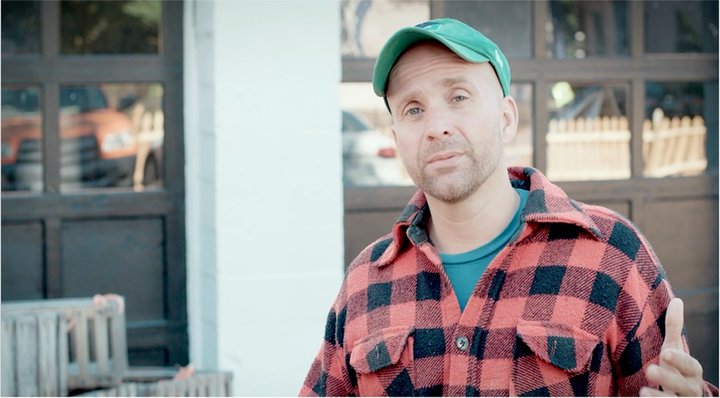
MeetBren Smith.

BrenSmithhaulsinabasketfromhisocean farm.
Notonlywerefishpopulationsgettingsmaller,buttheirhomeswerealsobeingdestroyed.Asfishingnetsweredraggedalongtheseafloor,theytoreupreefsandecosystemswherefishandotherseaanimals live.
Smithsawallthis.Hedidn’tlikebeingapartofit.Hethoughttheremustbeabetterwaytoharvestfoodfromthesea.Hethoughtweshouldbeabletouseoceanresourcesinasustainableway.Thatmeansusingsomethingwithoutusingit up.
Smithsoughttheadviceofascientistwhowasanexpertonseaweed.Smithknewseaweedwastheslimystuffthatwashesuponrocks.Heknewitlookslikeaplantbutisn’taplant.It’satypeof algae.Buthealsoknewthatitisedible.It’sacommonfoodin Asia.
